
HTML5 Graphics & Data Visualization Cookbook
¥90.46
This cookbook is organized in a linear, progressive way allowing it to be read from start to finish, as well as to be used as a useful resource for specific tasks. The HTML5 examples and recipes will have you making dynamic, interactive, and animated charts and graphs in no time. You don't need to have a background in HTML5 or Canvas but you do need to have a basic understanding of how HTML works and know how to code in any language (preferably in JavaScript). In this book we will not explain how to learn to code but how to create projects and how to plan and execute them in the process.
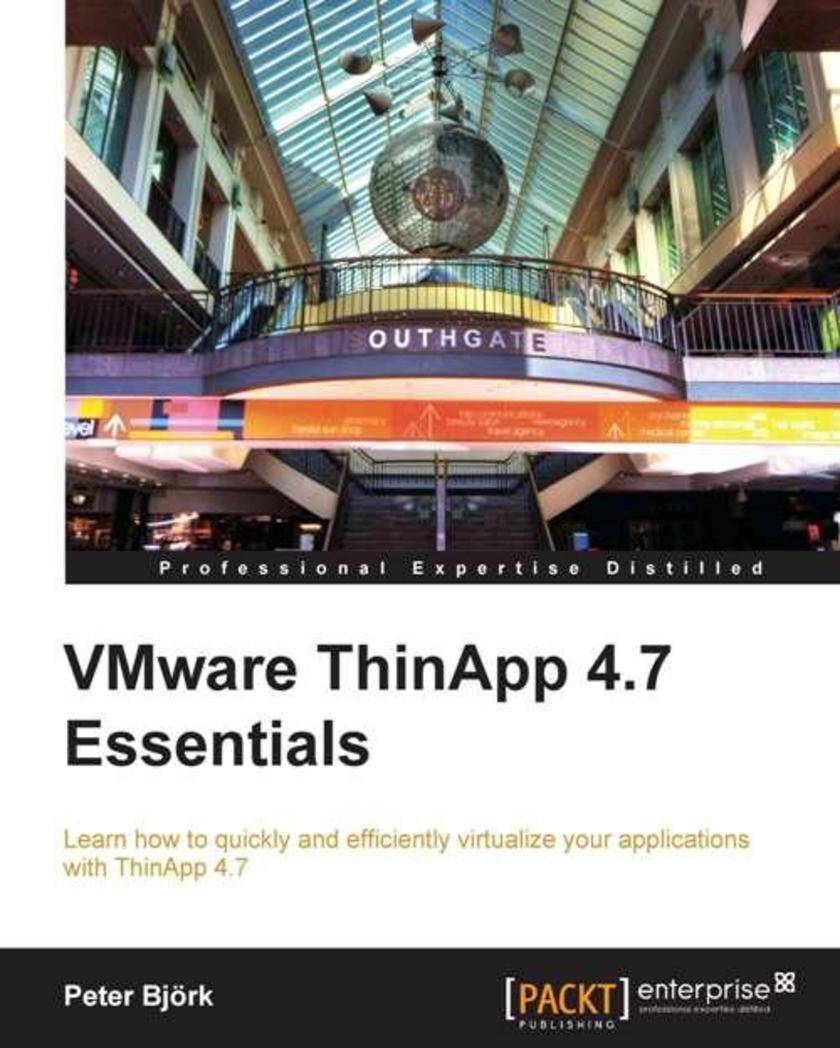
VMware ThinApp 4.7 Essentials
¥99.18
This book is written in practical tutorial style and it offers learning through vivid examples and. Each chapter contains step-by-step instructions about everything necessary to execute a particular task. The book is designed so that you can read it from start to end for beginners or just open up any chapter and start following the recipes as a reference for advanced users,This book will be useful to developers, System admins and consultants who want to install and manage a virtualized app environment using VMware ThinApp 4.7.
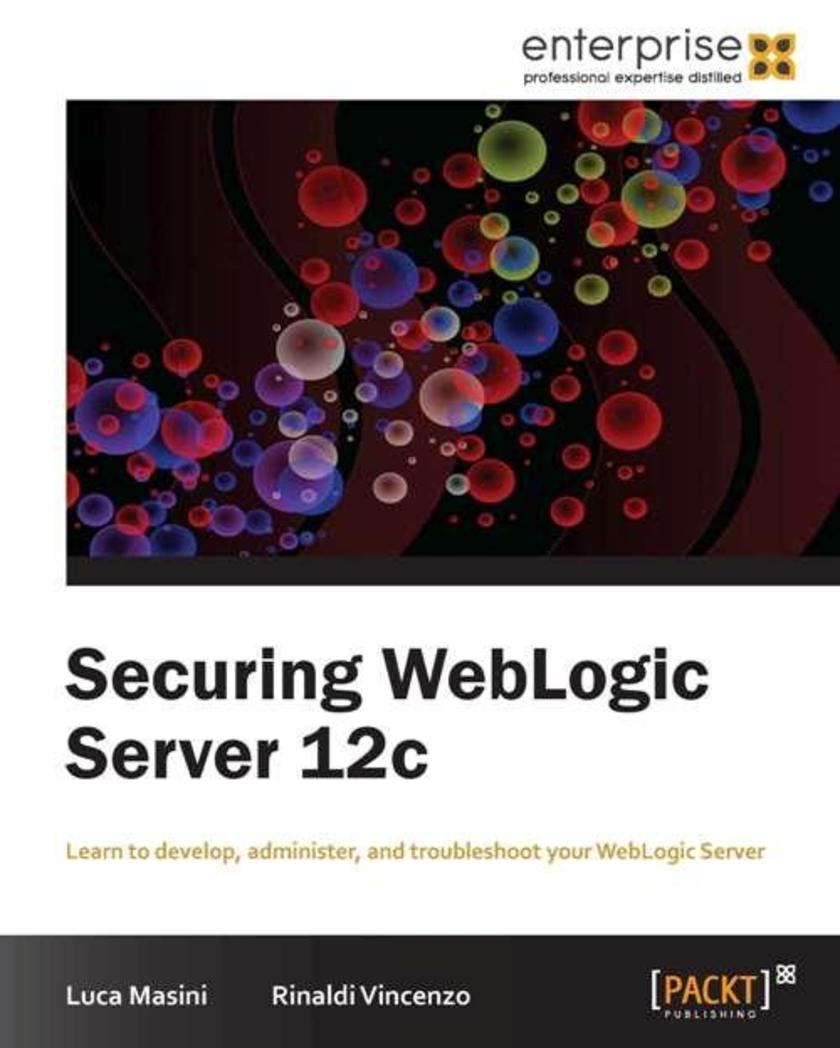
Securing WebLogic Server 12c
¥45.77
This book is written in simple, easy to understand format with lots of screenshots and step-by-step explanations. If you are a WebLogic Server administrator looking forward to a step by step guide to administer and configure WebLogic security, then this is the guide for you. Working knowledge of WebLogic is required.
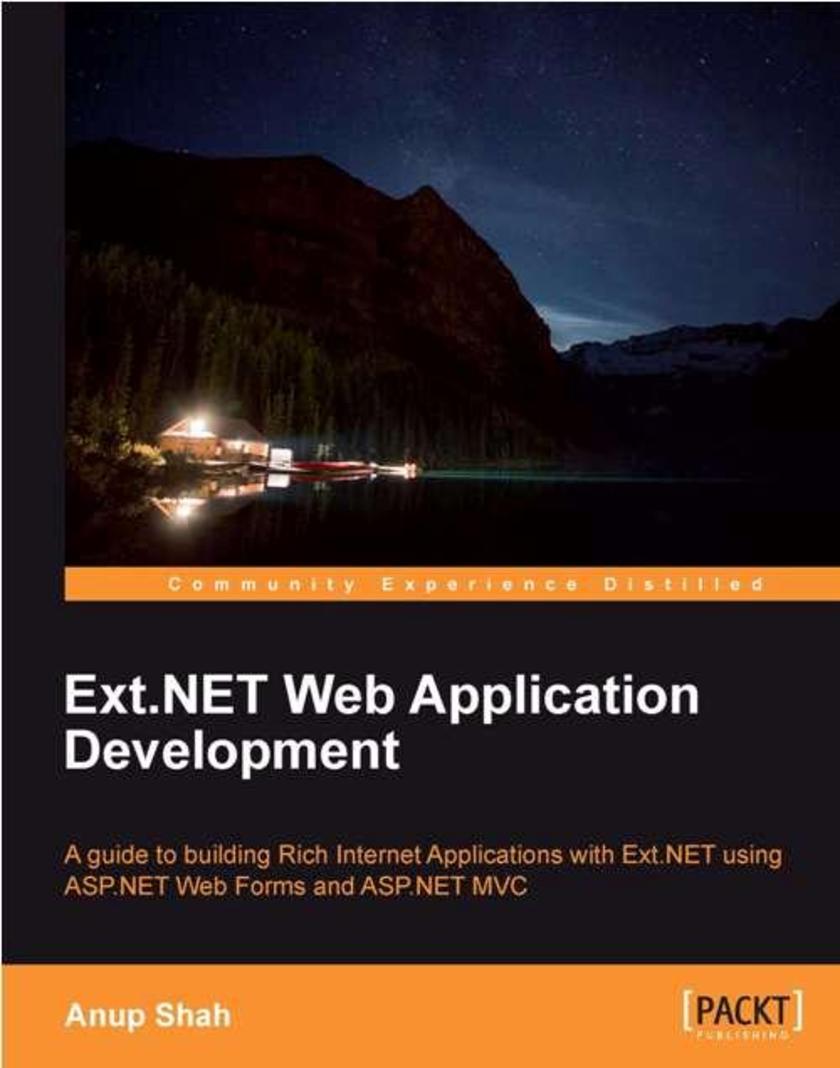
Ext.Net Web Application Development
¥99.18
This is a step-by-step tutorial packed with examples and tips to learn Ext.NET from scratch. This book is written for .NET Web Application Developers who are familiar with ASP.NET looking to build .NET based Rich Internet Applications. Whether you are new to Ext JS or you are looking to use your existing Ext JS skills in a .NET environment, this book will be useful for you.
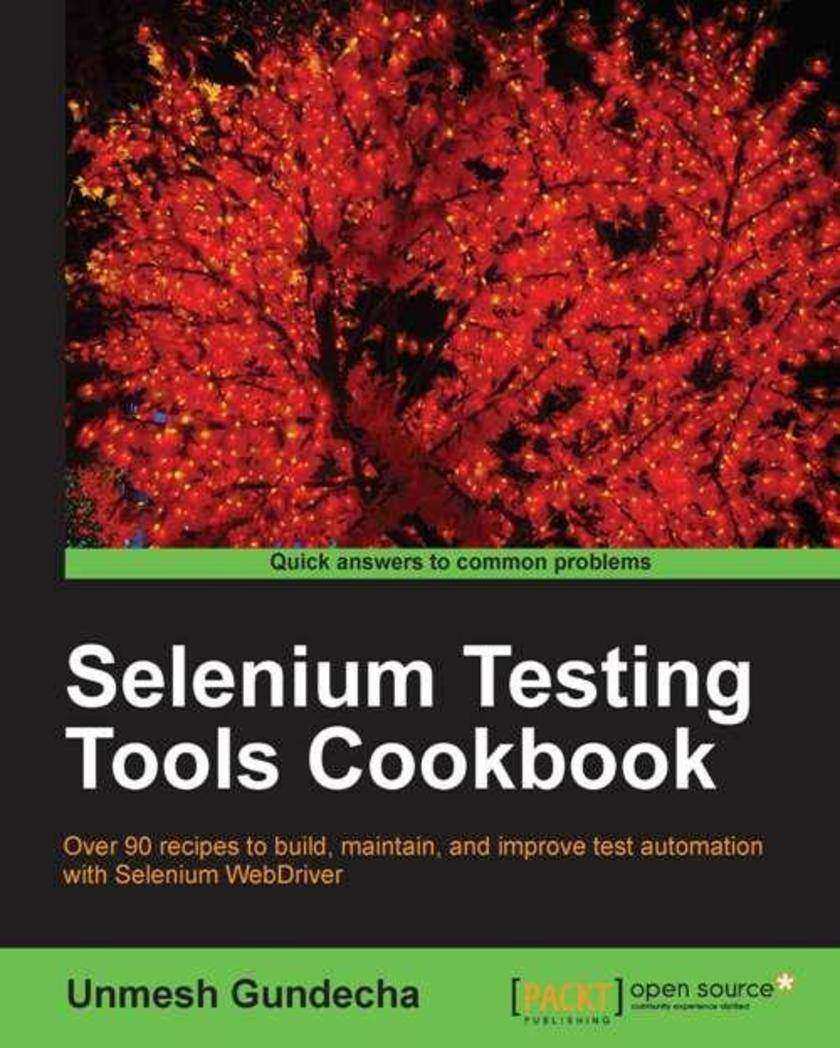
Selenium Testing Tools Cookbook
¥80.65
This is a cookbook packed with code examples and step-by-step instructions to ease your learning curve. This book is intended for software quality assurance/testing professionals, software project managers, or software developers with prior experience in using Selenium and Java for testing web-based applications. This book also provides examples for C#, Python, and Ruby users.
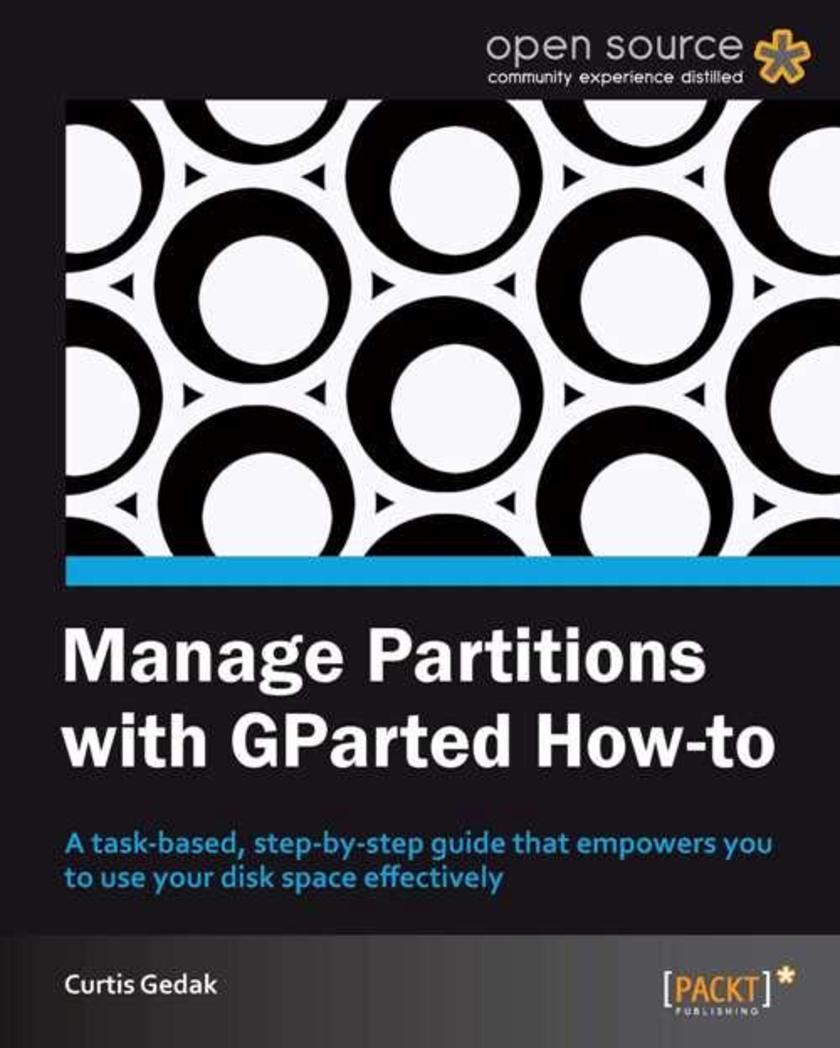
Manage Partitions with GParted How-to
¥35.96
This book is a practical, task-based, step-by-step tutorial that starts simple with identifying disk device partitions, and culminates with advanced tasks such as preparing for new operating systems. Are you a computer enthusiast who is looking forward to learn how to effectively use your disk space through disk partitions to maximize your computer's potentialThen this book is for you.

Wordpress Mobile Applications with PhoneGap
¥35.96
This is a practical step-by-step tutorial. If you are a developer with basic knowledge of Wordpress, HTML/CSS/JavaScript seeking to understand how to further your knowledge in creating cross-platform mobile applications using PhoneGap, then this book is for you.

Drupal Rules How-To
¥35.96
This book is a practical, task-based, step-by-step tutorial that starts in a simple way, identifying disk device partitions, and culminates with advanced tasks such as preparing for new operating systems. This book is for Drupal site builders and developers who want to take full advantage of the Rules framework's power and flexibility. Readers of this book should be familiar with the Drupal 7 user interface

Nmap 6: Network exploration and security auditing Cookbook
¥80.65
The book is a collection of easy to follow, practical recipes with explanations of the code, and links to further information. This book is for any security consultant, administrator or enthusiast looking to learn how to use and master Nmap and the Nmap Scripting Engine.
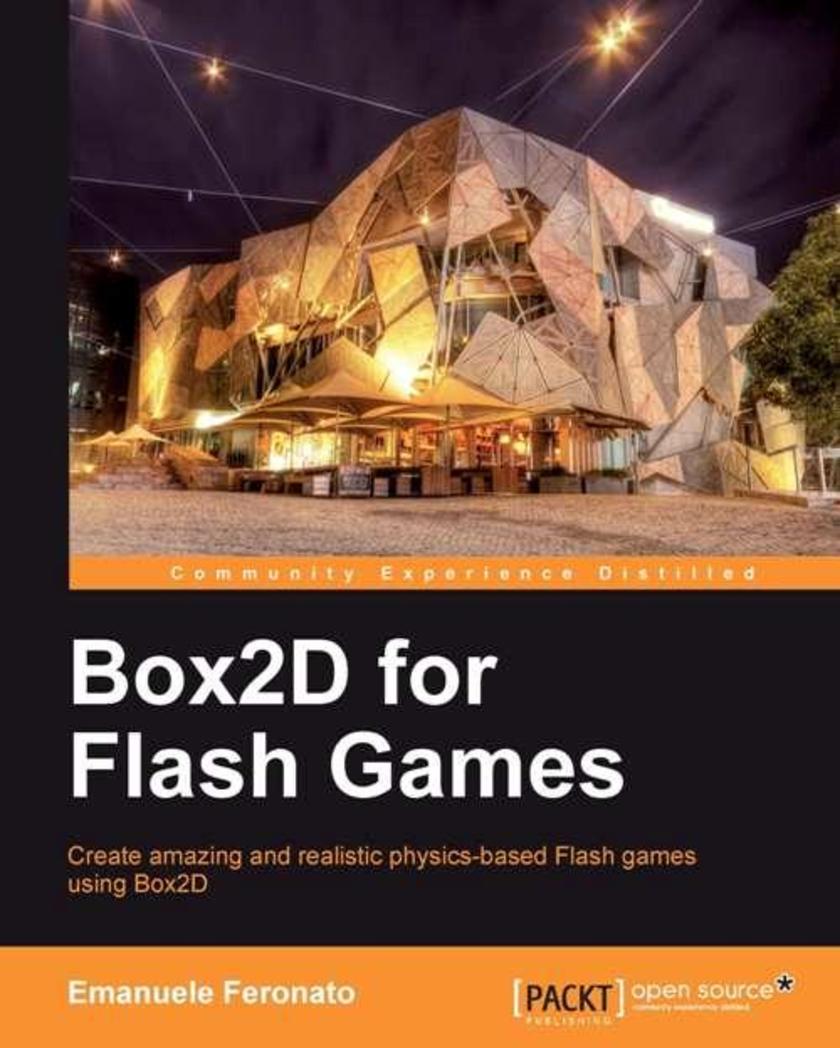
Box2D for Flash Games
¥45.77
This book is a step by step guide to create games with Box2D explained in a simple and friendly way. Are you familiar with ActionScript3 and want to explore the capabilities of physics in game design using Box2D, then this book is for you. You don’t have to be an AS3 hero: if you know how to create classes and functions with AS3, then you can make your first physics game!
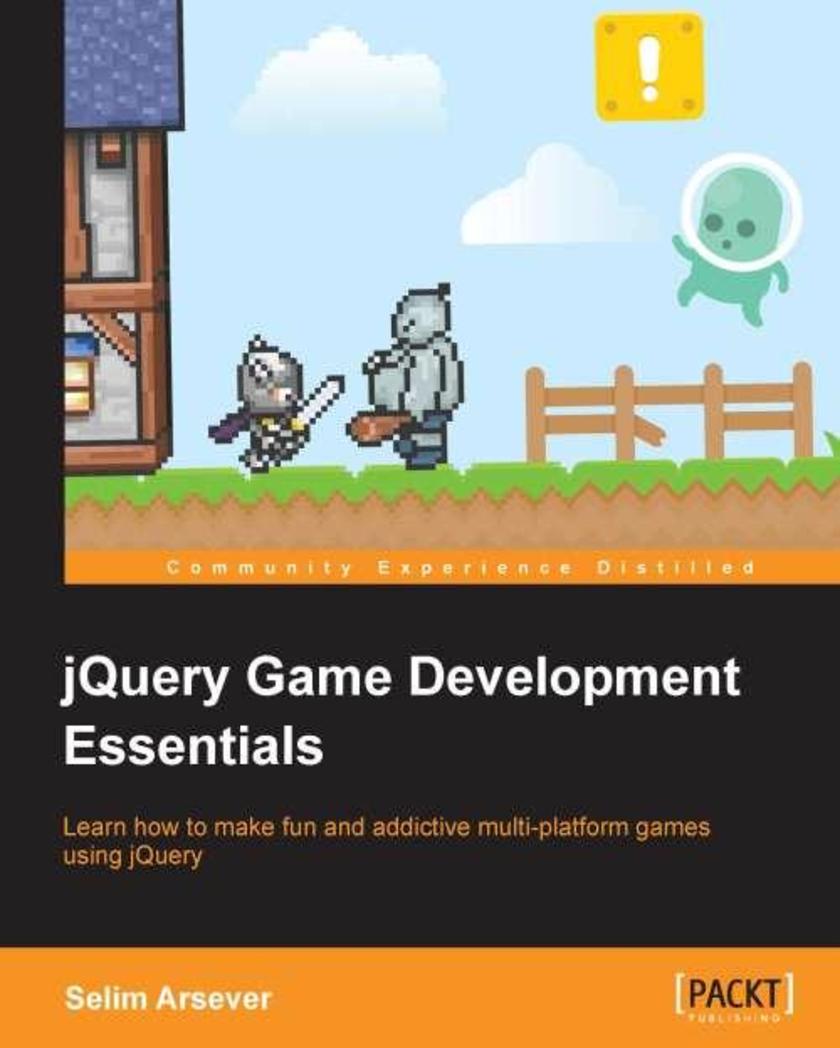
jQuery Game Development Essentials
¥80.65
Written as a concise yet practical guide with an explicit focus on utilizing jQuery for game development, you'll learn how to create stunning games that look great - without the hassle of learning about a complex game engine in the process. Knowledge of JavaScript and jQuery as well as basic experience with frontend development is all you need to start making games in a matter of hours with this essential guide. Whilst also suitable for those who simply want to start making games with jQuery, it's specifically targeted at web developers that want to experiment with and utilize their existing skills.
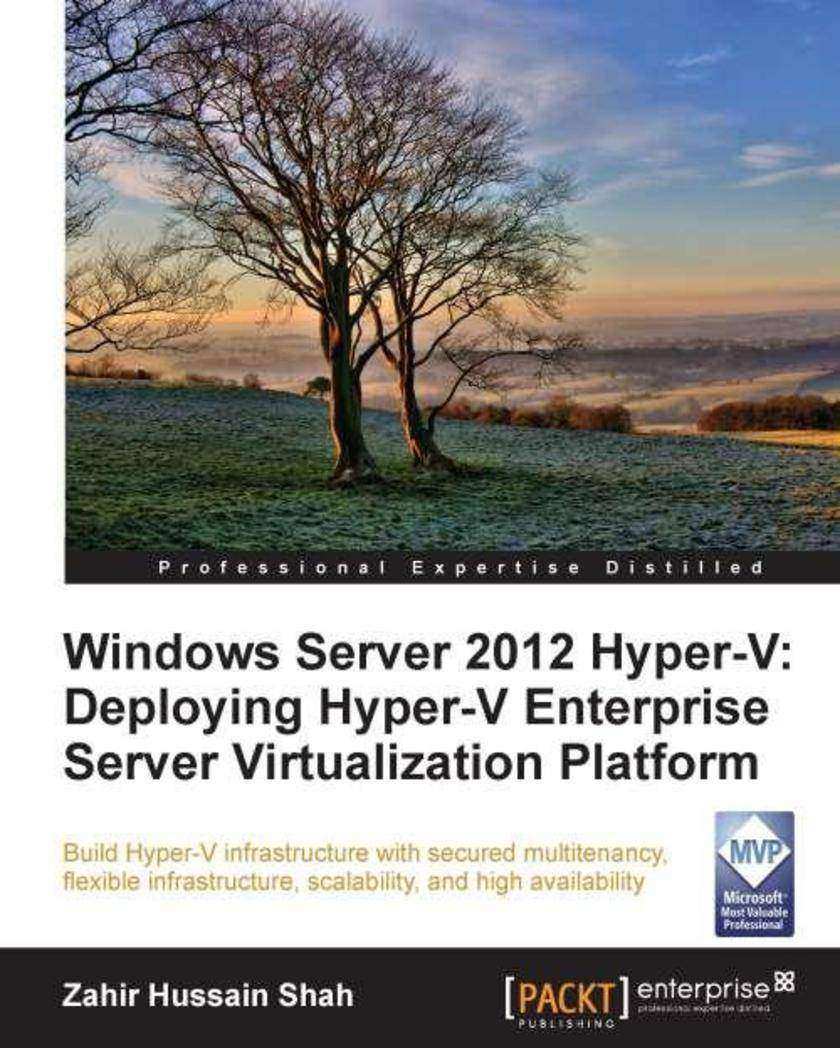
Windows Server 2012 Hyper-V
¥90.46
This books takes a comprehensive tutorial approach with plenty of screenshots and detailed step-by-step instructions. This book is for Windows server administrators, who may not necessarily be familiar with Hyper-V, and also for existing Hyper-V administrators who want to advance their skills in Windows Server 2012 Hyper-V.
![Microsoft Forefront UAG Mobile Configuration Starter [Instant]](https://platform-permanent.ddimg.cn/pt-media-info-soa-resource/digital/product/24/87/1900482487_ii_cover.jpg?version=0015800a-9284-44a4-8d90-e682d496a761)
Microsoft Forefront UAG Mobile Configuration Starter [Instant]
¥50.13
Get to grips with a new technology, understand what it is and what it can do for you, and then get to work with the most important features and tasks. A no-nonsense Starter guide, designed to give you maximum guidance with minimum fuss. This book is written for system administrators, I.T. professionals, unified communication technicians, and decision makers, in general. No knowledge of UAG is required to understand the book and start setting up UAG immediately.
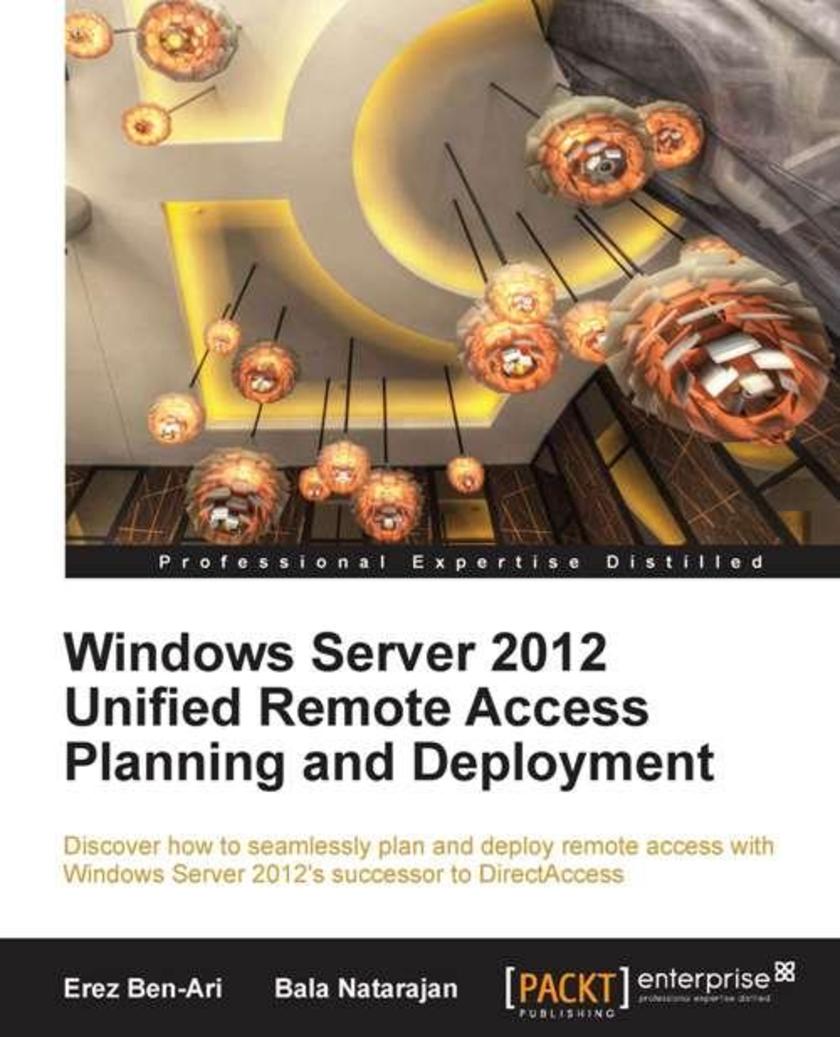
Windows Server 2012 Unified Remote Access
¥90.46
"Windows Server 2012 Unified Remote Access Planning and Deployment" is a quick start tutorial full of step-by-step instructions to guide you through planning and deploying Unified Remote Access; the successor to DirectAccess. If you are a System Administrator or Engineer who has strong knowledge of networking and deployment for the Microsoft family of operating systems and software, then "Windows Server 2012 Unified Remote Access Planning and Deployment" is for you. You should have a sound understanding of TCP/IP networking, as well as deploying and supporting Windows Server and Client operating systems.
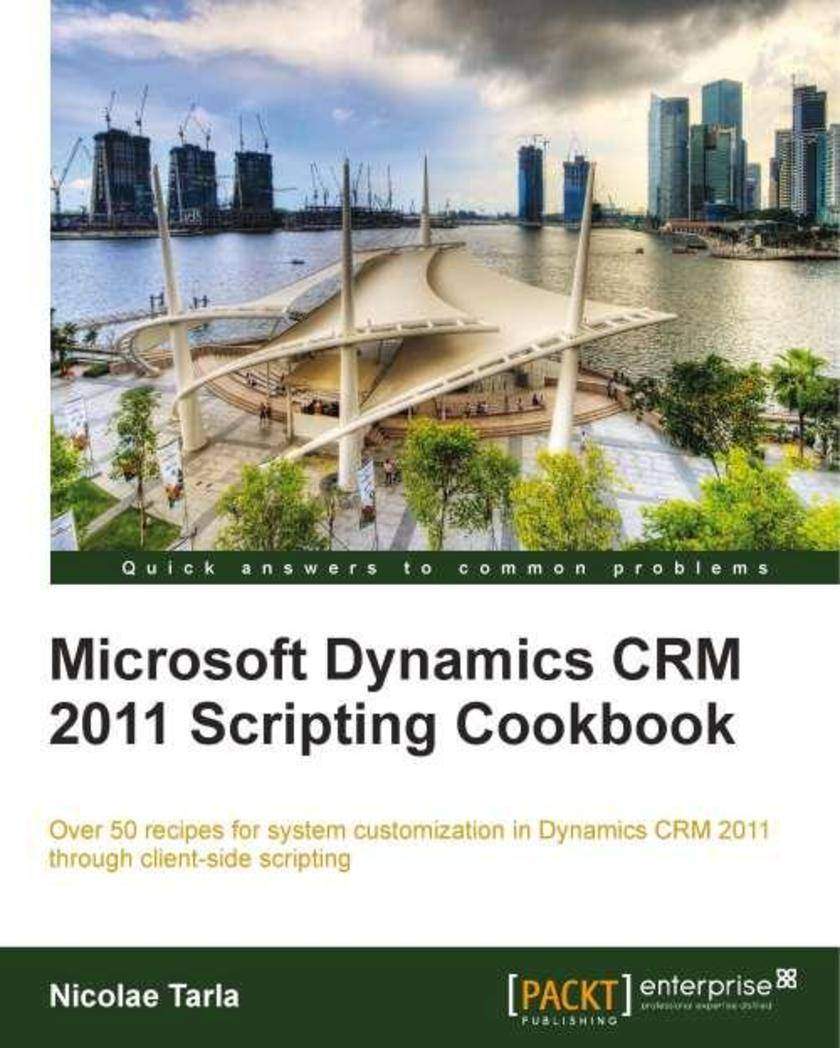
Microsoft Dynamics CRM 2011 Scripting Cookbook
¥90.46
Microsoft Dynamics CRM 2011 Scripting Cookbook is full of immediately useable recipes showing you how far you can take customization in Dynamics. While the book is structured so that each recipe can be tackled separately, for novice users it is recommended to follow through all the recipes in the order in which they are presented. This book is for those new to Dynamics CRM and for business analysts interested in gaining additional product specific knowledge. Stepping through the first chapters will introduce you to the customization process and give you enough knowledge to start looking into more advanced topics. Developers and web designers of another CRM product will see how their skills can be easily adapted to start customizing Dynamics CRM 2011. You should be familiar with the basic concepts of what a CRM system is and does. Additional knowledge of the current or a previous version of Dynamics CRM will help, but is not necessary.

Windows Server 2012 Automation with PowerShell Cookbook
¥90.46
Cookbook with recipes based on real life examples. This book is written to assist the daily tasks for systems administrators, engineers, and architects working with Windows Server 2012.
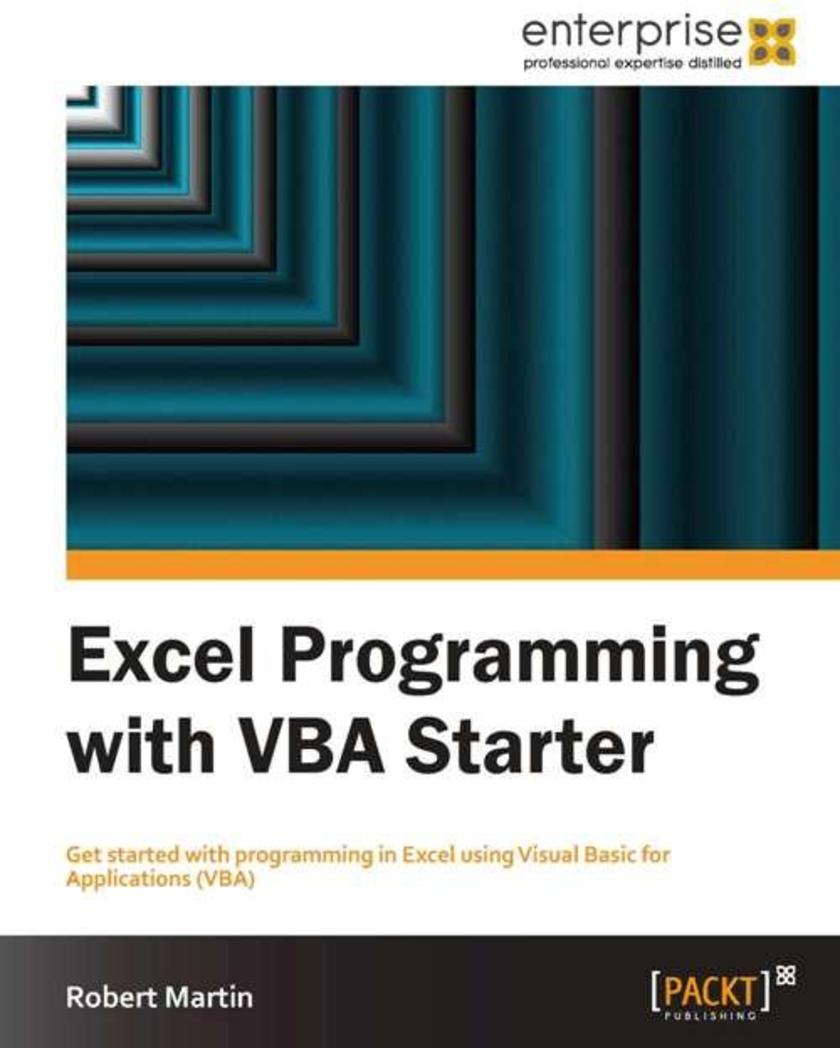
Excel Programming with VBA Starter
¥35.96
This is a starter guide, covering the basics you need to get up and running as quickly as possible. This book is written for users of Excel who want to speed up and streamline normally arduous tasks for maximum productivity.
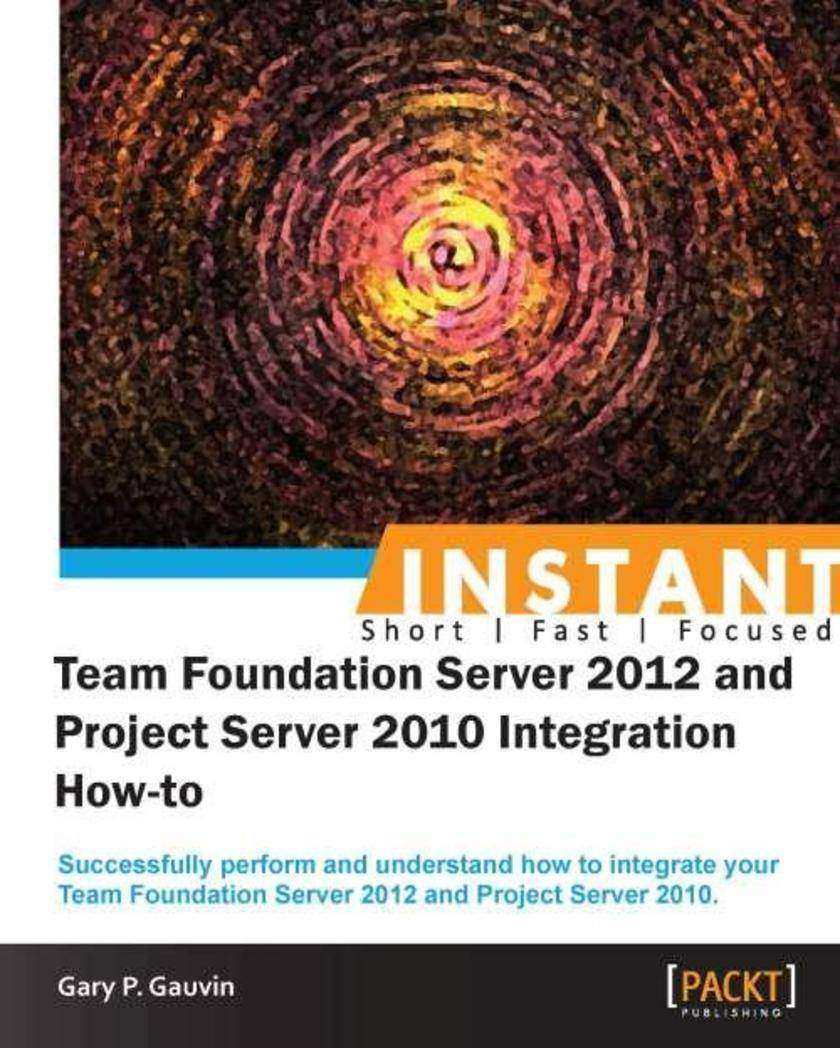
Instant Team Foundation Server 2012 and Project Server 2010 Integration How-to
¥45.77
Filled with practical, step-by-step instructions and clear explanations for the most important and useful tasks. Get the job done and learn as you go. A how-To book with practical recipes accompanied with rich screenshots for easy comprehension.The How-to style is a very practical book which will take the reader through the process of garnering a basic understanding of TFS and Project Server with practical tutorials and recipes.This book is for users who want to integrate TFS 2012 and Project Server 2010. Readers are expected to know some basic Windows Server commands and account management, and have administrative access to the servers being configured.

Instant .NET 4.5 Extension Methods How-to
¥50.13
Filled with practical, step-by-step instructions and clear explanations for the most important and useful tasks.The book is packed with quick recipes on creating and extending extension methods in your .NET applications. This book is for developers in C# and the .NET framework, with a basic understanding of language syntax and OOP concepts. Readers are expected to have some experience in finding their way around Visual Studio.
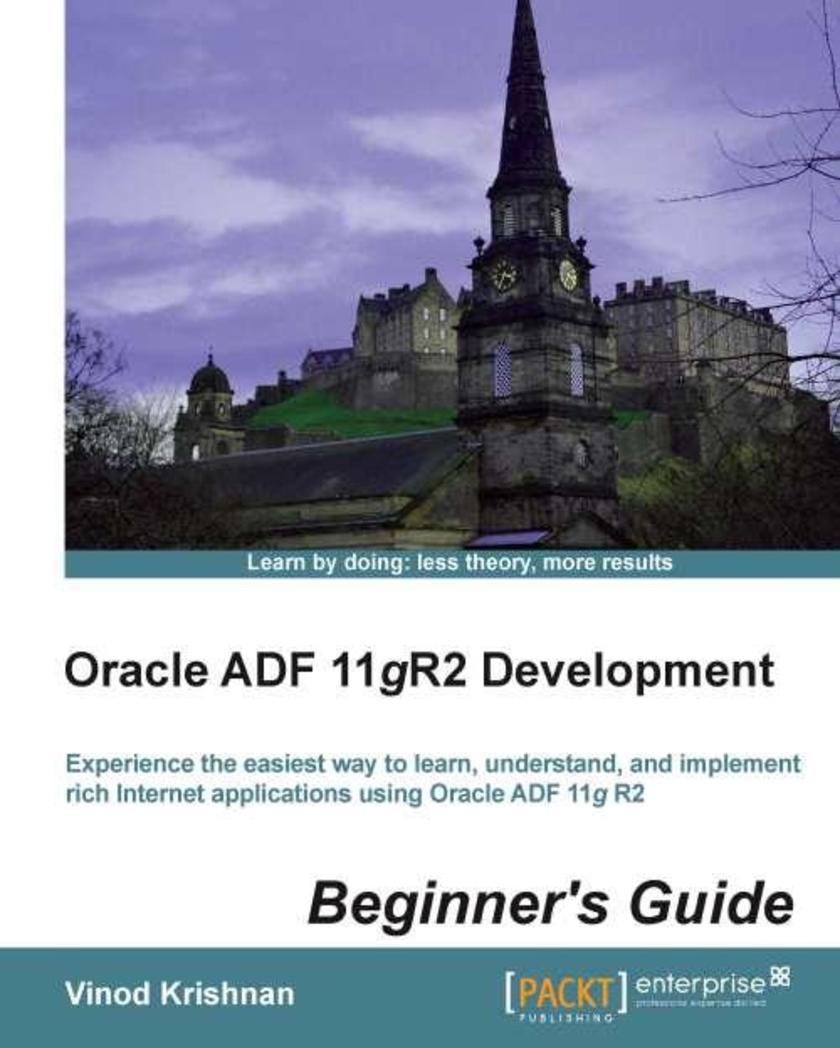
Oracle ADF 11gR2 Development Beginner's Guide
¥90.46
"Oracle ADF 11gR2 Development Beginner's Guide" will cover the basics of Oracle ADF 11g development and will then work through more complex topics as the reader gains more skills. This book will follow a tutorial approach with the content and tasks getting more advanced throughout. This book is intended for beginners who know a little about Java programming and would like to learn how to develop rich web applications using the Oracle Application Development Framework.
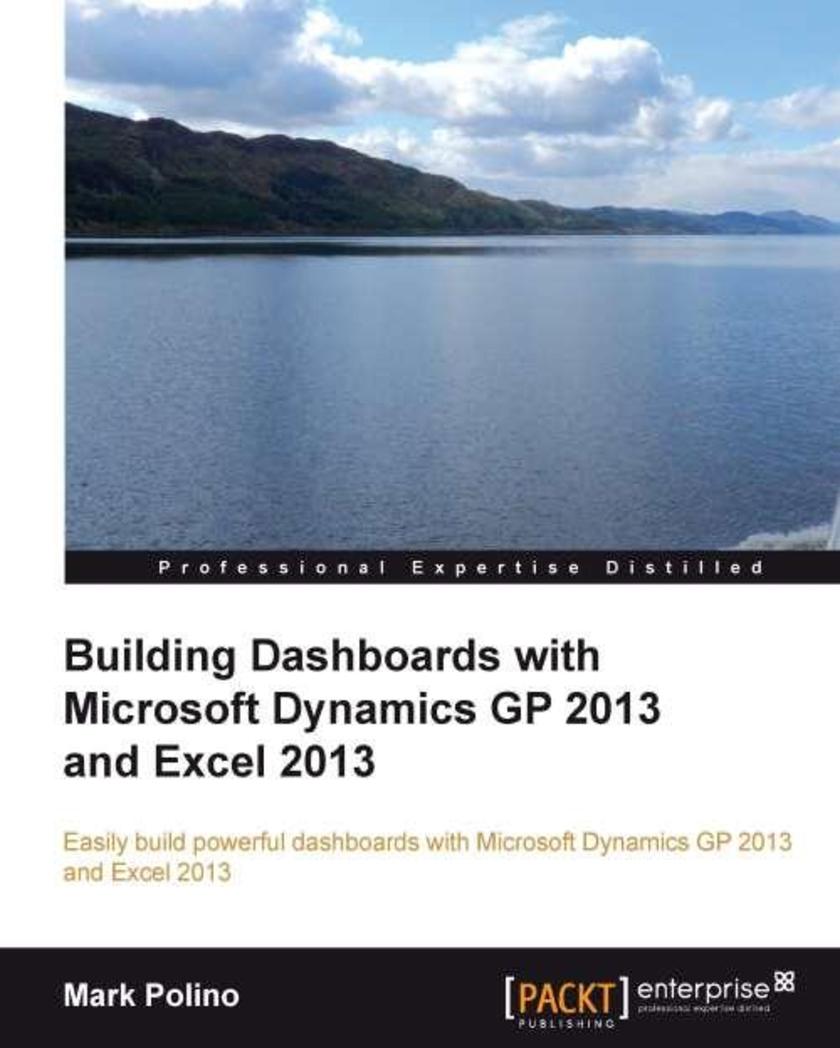
Building Dashboards with Microsoft Dynamics GP 2013 and Excel 2013
¥90.46
Follow real-life, step-by-step examples that provide the building blocks to build engaging dashboards. This practical guide is all about doing. Get your data, open up Excel, and go! You don't need to be an expert to get the most out of your Dynamics GP implementation and build great-looking, easily maintained dashboards using Microsoft Excel. If you have a working knowledge of Dynamics and Excel you'll be producing amazing dashboards in hours not days.




 购物车
购物车 个人中心
个人中心



